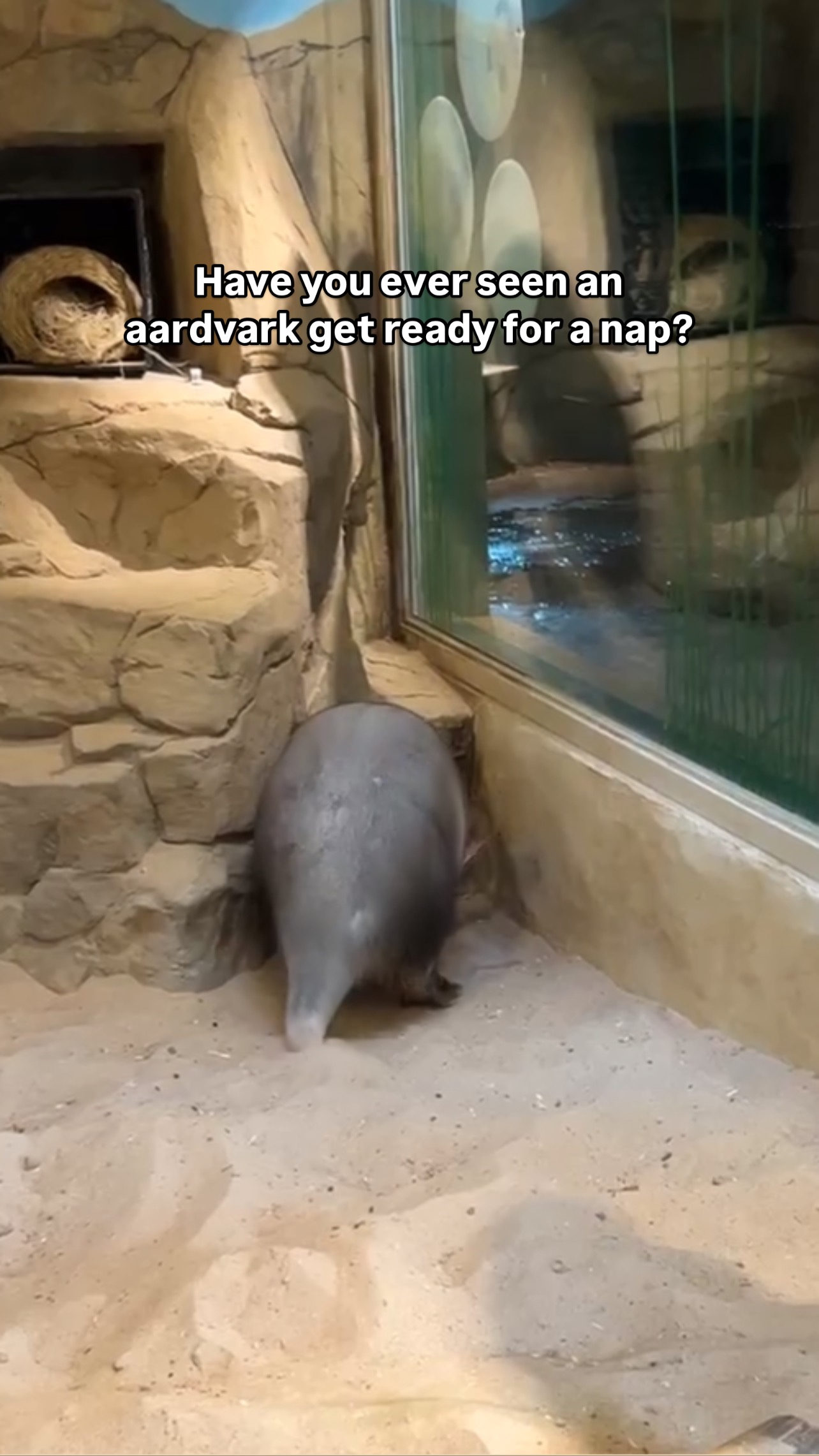Summary:
- Aardvarks possess a unique defensive mechanism: they can somersault!
- These acrobatic moves are not only for defense but also play a role in their daily lives, like finding a cozy napping spot.
- Discover how these fascinating creatures use their unexpected agility in ways that continue to surprise and delight researchers.
- Aardvarks’ behavior and lifestyle offer insights into adaptation and survival in the harsh African environment.
- Dive into the quirky and lesser-known habits of one of nature’s most intriguing mammals.
The Acrobatic Aardvark: Nature’s Surprising Gymnast
When one thinks of the animal kingdom, several remarkable feats of adaptability and survival come to mind. Yet, few might conjure images of aardvarks performing somersaults like seasoned gymnasts. This peculiar trait in aardvarks—a surprising display of defense and lifestyle strategy—illustrates nature’s boundless creativity when it comes to survival tactics. Who knew these relatives of elephants could break into an acrobatic routine at a moment’s notice?
Defensive Acrobatics: Nature’s Safety Mechanism
Aardvarks, native to the expansive grasslands and woodlands of Africa, have evolved an unexpected method of defense. In the face of danger, they can flip and somersault away, adding a dynamic twist to their repertoire of evasive maneuvers. This agility is crucial in a habitat teeming with predators, where survival often hinges on seconds.
When threatened, an aardvark might use its powerful limbs and nimble movements to execute a somersault, thereby confusing an attacker or creating a sudden burst of distance from danger. This rapid repositioning can be pivotal, particularly when dealing with predators like lions or leopards, who prowling the night for unwary prey. It’s fascinating to imagine this somewhat quirky, solitary animal in a graceful somersault, throwing predators off balance—not literally, of course, but metaphorically.
Beyond Defense: A Lifestyle of Acrobatics
But the aardvark doesn’t reserve its somersaulting prowess solely for self-defense. Surprisingly, it finds this skill advantageous in more mundane scenarios, such as navigating its environment or even settling in for a nap—yes, a nap.
It’s an endearing image: an aardvark cheerfully searching for the perfect napping spot, surveying the terrain with its keen nose and ears. Then, in its characteristic display of agility, it might somersault to a position covered by shade or soft bush, ensuring a restful slumber free from the disturbance of bothersome insects. This movement is part of the aardvark’s broader capacity to adapt to its challenging environment, showcasing a profound instinct for comfort and safety.
Digging Into Adaptation: The Aardvark’s Way of Life
Although somersaulting is perhaps one of the more amusing aspects of aardvark behavior, it’s definitely not the only fascinating feature of this animal. Consider the aardvark’s nightly explorations: emerging from its burrow, this nocturnal creature embarks on long forages, guided by an acute sense of smell that young aardvarks develop only a month after birth. The search is principally for termites and ants, which it eats en masse using a long, sticky tongue—up to twelve inches—to lap up its prey.
With powerful claws designed for digging and strong limbs, aardvarks prove to be formidable tunnelers. They can dig very rapidly, a skill not only useful in uncovering termite mounds but essential for escaping predators. Should an aardvark find itself in immediate danger, its ability to vanish into a hole dug at light speed can often mean the difference between life and death.
The Great Balance: Solitude and Social Interactions
Despite their capabilities, aardvarks typically lead solitary lives, only pairing during the brief mating season. In this solitary existence, they fine-tune their survival strategies, somersaults included, to continue thriving as singular creatures.
Their solitary lifestyle does not mean aardvarks are without social interactions. For instance, other species often utilize their abandoned burrows. Many animals—from warthogs to certain snake species—depend on aardvark tunnels for shelter. Ironically, while aardvarks are not often seen in social settings, they still play a significant role in their ecosystem’s social structure, crafting a legacy that outlives their solitary behaviors.
Conservation: Protecting the Somersaulting Marvel
As human activity encroaches on their habitats—resulting in habitat fragmentation, climate change, and increased poaching pressures—the future of this fascinating creature hangs in the balance. Conservation efforts are crucial to ensure that aardvarks continue to somersault through the African savannas, delighting and captivating those fortunate enough to witness their antics.
In promoting awareness and appreciation for the aardvark’s unique traits, conservation programs not only focus on habitat protection but also advocate for policies that consider the intricate balance of life in these regions. The goal is to ensure that the environment can sustain aardvarks, along with the myriad of other species that rely on the habitats they help create and maintain.
Final Thoughts: A Lesson in Perseverance and Creativity
The aardvark’s story is one of ingenuity and resilience—of how nature’s quirks can turn into vital survival skills. From their agile somersaults to strategic retreats and everyday routines, aardvarks remind us of the incredible adaptability organisms have developed over millennia.
So, the next time you learn about these remarkable mammals, picture them performing their defensive flips or contentedly somersaulting into the perfect nap spot. Remember, too, the broader lessons they teach us about life: that sometimes the most unexpected tactics yield the most surprising successes. In protecting and understanding them, we nurture not only aardvarks themselves but the entirety of a vibrant, interconnected ecosystem.
In celebrating the aardvark—its tenacity, uniqueness, and critical role in the tapestry of life—we find inspiration to cherish and preserve the wonders of nature that grace our world.
*****
Source Description
Did you know that aardvarks can somersault? Primarily used for defense against predators, they will sometimes flip and strike or somersault to move away from attackers. But it also can come in handy when trying to find the perfect nap spot!


